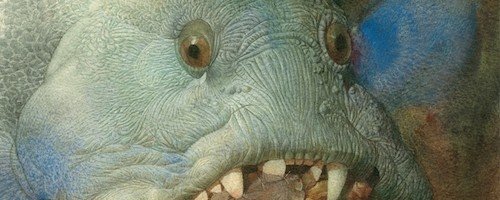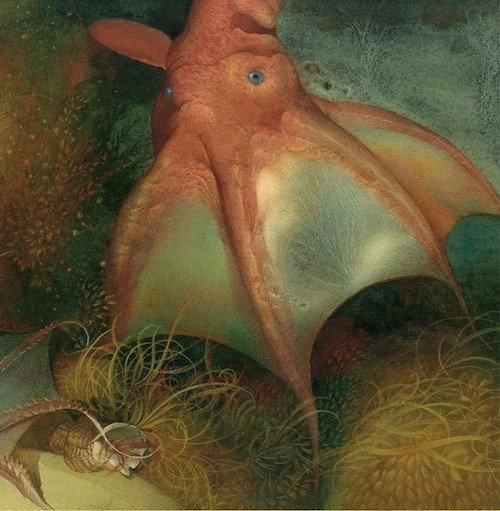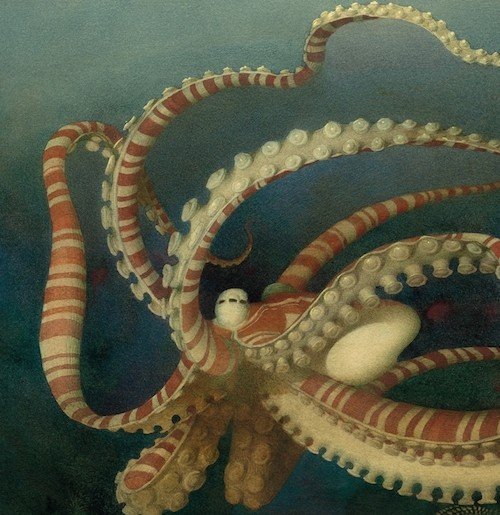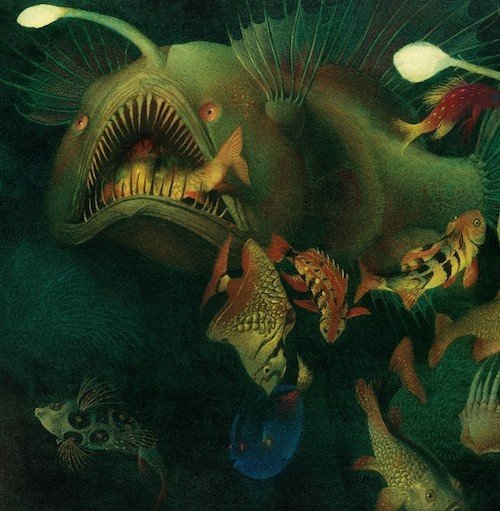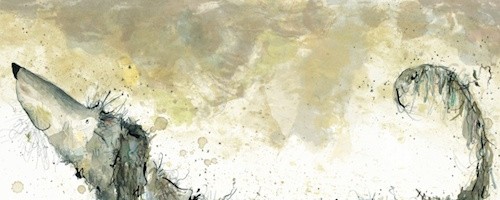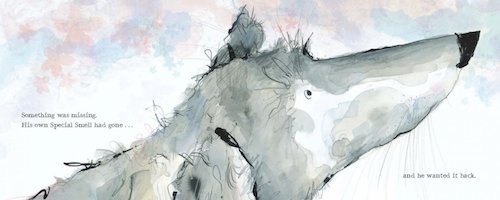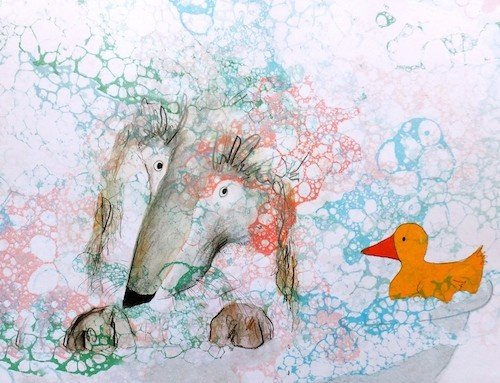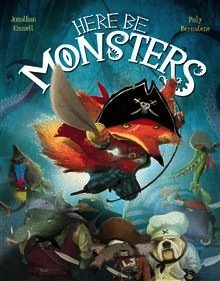When Brenda Z. Guiberson met Gennady Spirin, the picture book gods and godettes smiled. Since their original collaboration Life in the Boreal Forest, the talented twosome have been creating THE 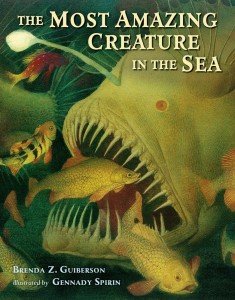 most beautiful, non-fiction picture books around. It’s not possible to pick a favourite, although I will admit to a strong affinity for the frogs in Frog Song, and as a resident of the north, how could I not love the moose in Life in the Boreal Forest?
most beautiful, non-fiction picture books around. It’s not possible to pick a favourite, although I will admit to a strong affinity for the frogs in Frog Song, and as a resident of the north, how could I not love the moose in Life in the Boreal Forest?
Nevertheless, their newest venture The Most Amazing Creature in the Sea is truly amazing, as the title suggests. It’s so strangely beautiful, in fact, it could be a collection of alien creatures as imagined by some unfathomably inspired and slightly demented dreamer.
In the interest of full disclosure, I am not a fan of the sea. I respect it, I worry about it, and I’ve enjoyed dipping my toes in it, but aesthetically – I prefer a nice tree over a squid. For reasons that I don’t quite understand, fish creep me out.
The Most Amazing Creature in the Sea will not endear the squeamish, like me, but it will beguile. The creatures range from Box Jellyfish (and its millions of stinging toxic cells) to the truly bizarre Barreleye Fish, also known as the spook fish – for good reason: it’s got a transparent head. There are other non-orifice-clenching sea dwellers represented in the book, like sharks and leatherback sea turtles, but each in their own particular and often peculiar way, are vying for the title of the most amazing creature in the sea.
It’s a great premise. Each creature makes its case, and each one is stranger, in an evolutionary sense, than the next. One wonders what selection pressures created this little horror:
“I am an ANGLEFISH. As a female, I lure prey close to my mouth with the light that dangles from my dorsal spine. Smaller males join their bodies to mine, latching on with their teeth until their skin fuses into mine. I eat for us all, sharing the nutrients from my bloodstream. I see for us all when each male attached to me loses his eyes. That’s why I’m the most amazing creature in the sea!”
Amazing, for sure. Also horrific, nightmarish and spectacularly homicidal. Guiberson and Spirin show us a fantastical world that stuns the intellect, astonishes the eye, and confronts our deepest fears.
And don’t even get me started on Hagfish (aka ‘the snot fish’).
The Most Amazing Creature in the Sea is a thing of wonder. I may not ever want to meet one of these creatures outside of a Stephen King novel, but I marvel at their very creation. In compelling, but simple detail, Guiberson conveys the individual quality of each creature while making a case for their growing endangerment. As with Life in the Boreal Forest and Frog Song, the author’s notes include additional information about the environmental pressures faced by these and other creatures of the sea, as well as links to conservation organizations.
It is Gennady Spirin’s illustrations that elevate the book from an interesting and informative read to a work of art. How beautifully he imagines this undersea world! It’s as if someone has opened a long buried treasure chest and all the gold and jewels have wafted out, setting the sea alight. I try very hard not to draw a distinction between fine art and illustration, but as I have said before in other posts about this Russian illustrator, Spirin’s paintings are true masterpieces. They would be at home in a museum.
In countless publications, most of them re-tellings of traditional folk and fairy tales, Spirin pulls out exquisite detail in tempera, watercolour and pencil, creating illustrations that appear torn from a 500 year old illuminated bible. They are luminescent, flecked with gold, delicately and richly coloured.
The virtuosity of the illustrations suggest (or perhaps demand) a leisurely pace, but Spirin is prolific, which is great news for those of us who are greedy for each new publication. Interestingly, he does not discriminate – whether its Chekhov, Hans Christian Andersen or Brenda Guiberson – every illustration gig gets the full Spirin treatment. It’s not a stretch to think he (and Guiberson) reveled in the peculiar, almost supernatural details of these creatures, imbuing them with character in spite of their utter lack of charm. I’m sure they’re fine fellows in their own right, but as I have already mentioned, I’m not drawn to the ocean, but in the hands of a brilliant illustrator like Gennady Spirin, I find its creatures admirable, if only for the sheer weirdness of their existence.
Gennady Spirin studied at the Moscow Art School and the Academy of Arts, as well as the Moscow Stroganov Institute, and currently lives in Princeton, New Jersey. Together with Guiberson, he has published three other books: The Greatest Dinosaur Ever, Frog Song and Life in the Boreal Forest. Beyond this, however, Spirin has created dozens of books, all of which are little masterpieces of illustration.
Brenda Z. Guiberson is an author and illustrator who has had a life-long interest in science. Hailing from Washington state, Guiberson has written many books for children, including Cactus Hotel, Spoonbill Swamp, Moon Bear and Disasters.
I am very happy to report that a sort of sequel to this book will be published in 2016 called The Deadliest Creature in the World. Here’s a sneak preview.
The Most Amazing Creature in the Sea by Brenda Z. Guiberson, illustrated by Gennady Spirin. Henry Holt and Company, 2015
I have also reviewed these other Gennady Spirin gems (click on link for reviews):Frog Song, Life in the Boreal Forest, Martha,various Christmas titles (short reviews)
